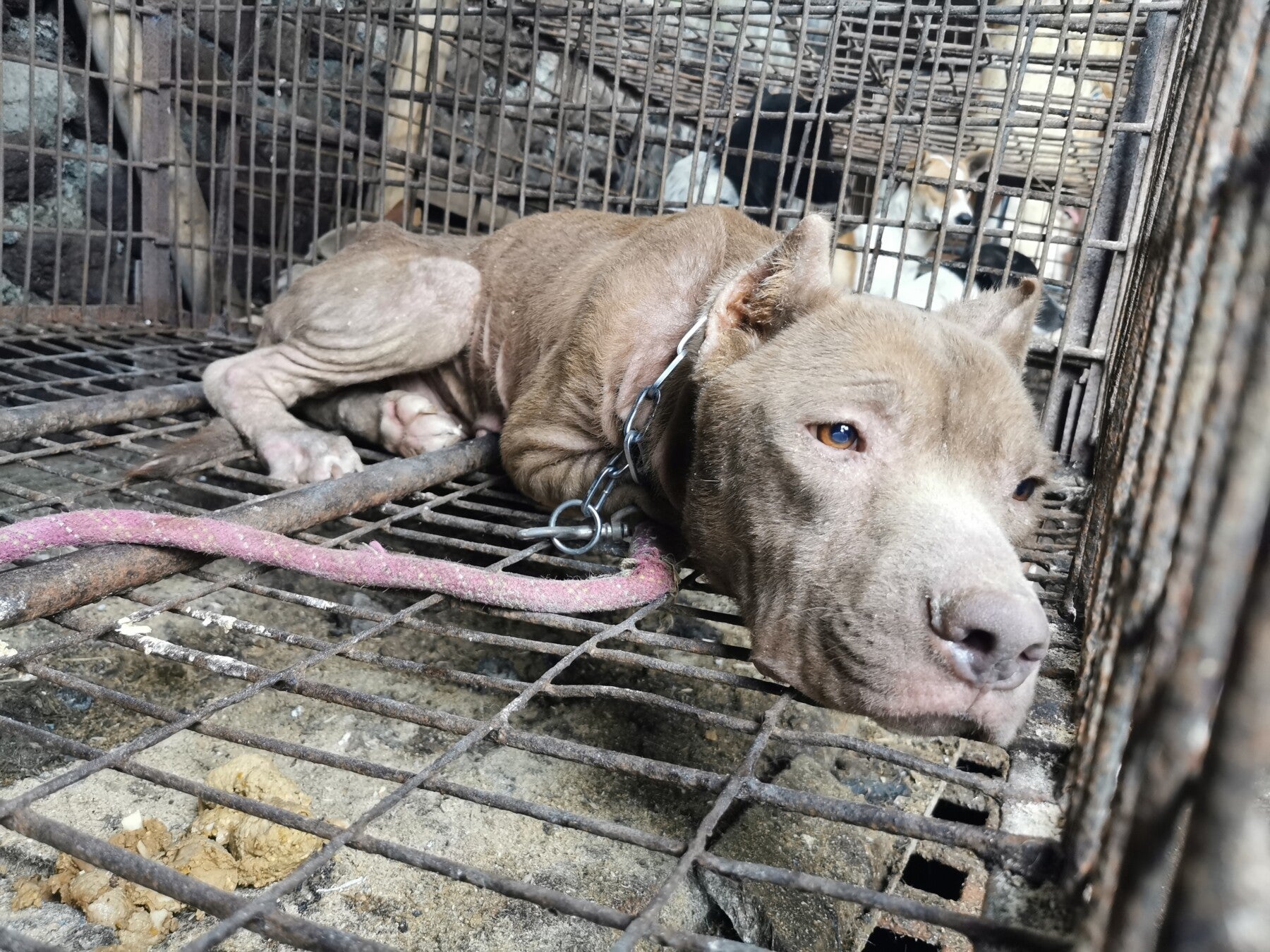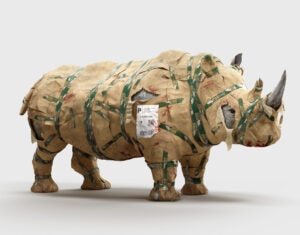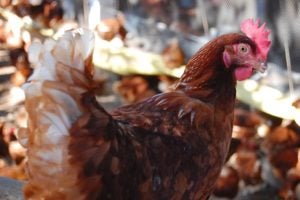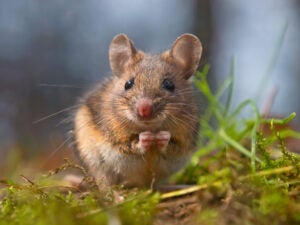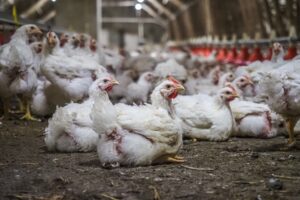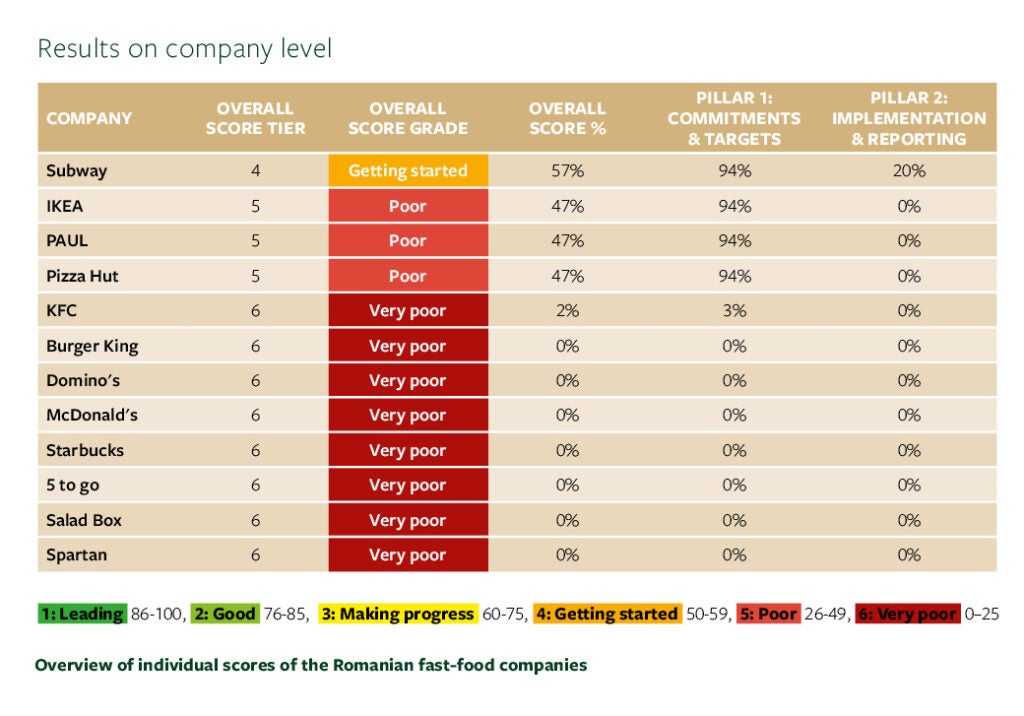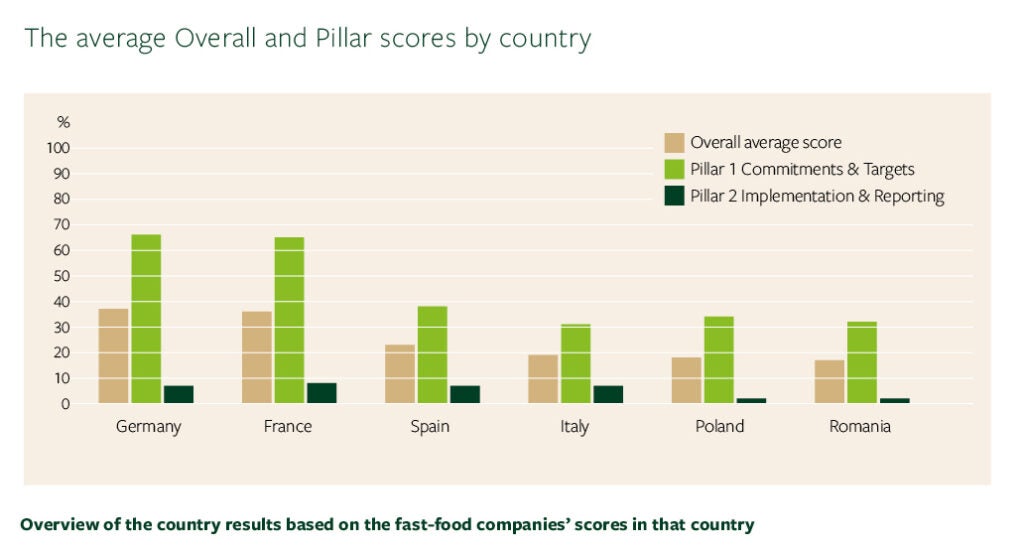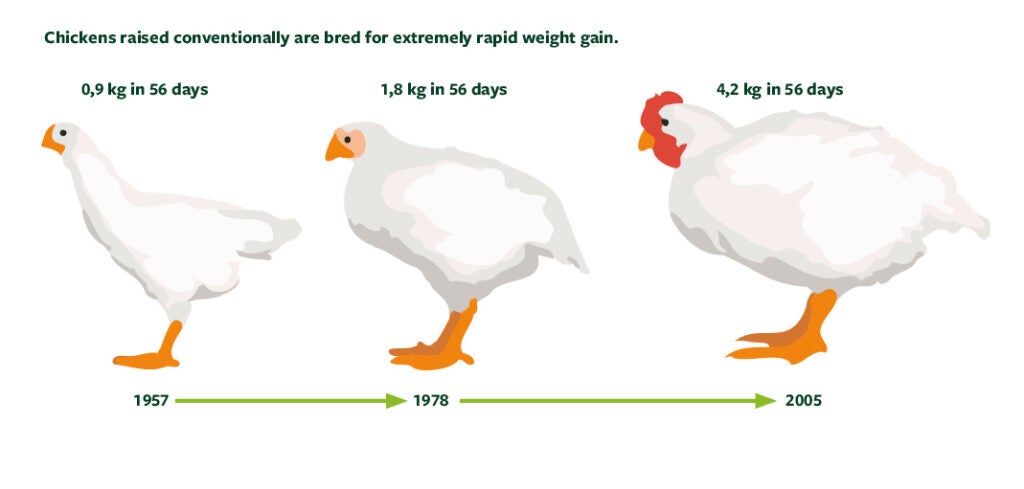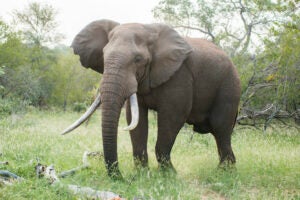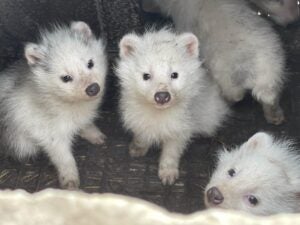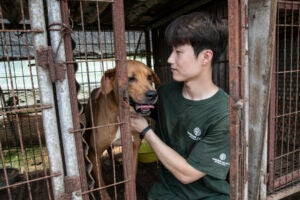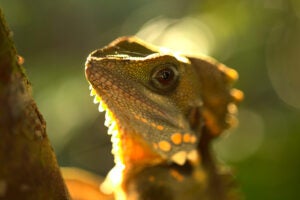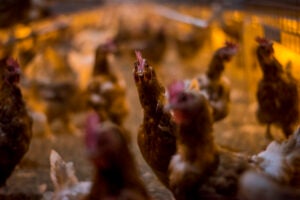
BRUSSELS—De Kuyper Royal Distillers has become one of the first distillers globally to announce a commitment for the responsible sourcing of eggs. As early as 2011, the Dutch manufacturer of distilled spirits and liqueurs, which uses approximately 19 million eggs annually, has embarked on a mission to source exclusively cage-free eggs. By 2030, the company aims to transition to sourcing free-range eggs throughout its entire supply chain. De Kuyper’s new animal welfare policy was developed in cooperation with Humane Society International/Europe.
De Kuyper’s commitment to source eggs exclusively from cage-free production systems, along with its aspirations to transition to free-range production systems, sends a strong signal to both policymakers and producers by demonstrating a growing appetite and increasing market demand for responsible eggs among corporate actors. With this commitment, De Kuyper Royal Distillers has joined the growing number of global consumer goods companies who have pledged to stop using eggs from caged hens, including PepsiCo, Unilever, Mondelez and Nestlé.
In 2021, following the success of the End the Cage Age European Citizens Initiative which was supported by 1.4 million EU citizens, the European Commission announced that they will deliver a proposal to end caged confinement for farmed animals. While it is uncertain when and if the Commission will deliver this proposal in the near term, the fact that increasingly more businesses are taking corporate responsibility with regard to how the eggs they use are produced, is a clear proof for support for higher animal welfare standards in Europe.
Mark de Witte, CEO at De Kuyper Royal Distillers, said: “As a company with more than 325 years of history, De Kuyper Royal Distillers has always been able to adapt to changing times and changing customer and consumer demands, and this is no different when it comes to animal welfare. As a socially responsible company, we are proud to present our first animal welfare policy and take steps towards higher animal welfare standards to become future-proof.”
De Kuyper Royal Distillers is a global market-leading producer of liqueurs and creates the traditional Dutch liqueur Advocaat. The company is one of the largest producers of egg liqueur globally and distills it for its own brands, as well as for other leading retailers in Europe.
Elise Allart, corporate engagement director for Humane Society International/Europe, said: “De Kuyper Royal Distillers has taken an important step by including animal welfare in its responsible sourcing strategy. The company sources exclusively cage-free eggs not only for its liqueurs, but also for the products served in the canteens to its employees. The policy also reaffirms the long-lasting commitment of De Kuyper to not test its products on animals, or to implement protecting practices that involve any form of cruelty to animals, for instance in their marketing activities.”
The majority of hens in the global egg industry are confined to cramped battery cages, where they spend their entire life on a surface not bigger than an A4 sheet of paper. In response to consumer demands and serious concerns about animal welfare, barren battery cages were eventually phased out in the EU by 2012. However, in 2022 43.2% of hens in the European Union are still confined to enriched cages. Cage-free and free-range systems, on the other hand, allow birds to perform their natural behaviours, such as laying eggs in nests, walking, perching, dust bathing or wing-flapping.
ENDS
Media contact:
- Humane Society International/Europe: Cassie Bodin-Duval, international media relations coordinator, cbodinduval@hsi.org
- De Kuyper Royal Distillers: Thomas van Gaal, sustainability manager, tvgaal@dekuyper.nl

